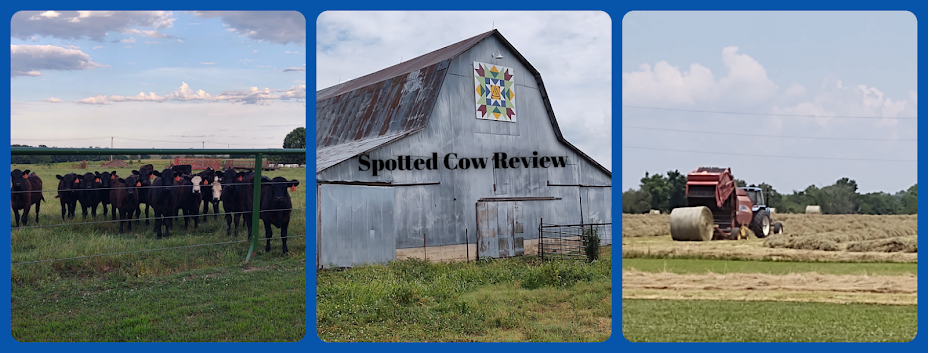Providing a nutritious diet for our dairy cows is an everyday job
down on the dairy farm. The diet can include a variety of ingredients but
it is a balanced diet that is formulated by our dairy nutritionist.
Our cows' diet currently includes silage, hay, vitamins and minerals, and ground
corn. Each ingredient provides a nutrient that the cow needs to produce milk
and maintain body functions.
I was reminded of the importance of good nutrition this week by my
family doctor during my "Welcome to Medicare" yearly physical.
As we reviewed the lab work, the discussion turned to the need for
a bone density test, a review of calcium and vitamin D requirements
and how to increase the calcium in my diet.
It was music to my ears, when I was encouraged to increase the
dairy in my diet! Was my doctor trying to make this dairy farmer's day?
Instead of taking a calcium pill, could I increase the dairy in my diet?
Wow--could I increase the dairy in my diet? You bet!
A dairy farmer's delight!
There may come a time when I need that calcium pill and I
will be happy to take it, but I'd much rather improve my
dietary habits than to take a calcium pill!
After all, milk contains nutrients, including calcium, potassium,
protein and phosphorus; plus, it's fortified with vitamins A and D.
When I left the clinic, my thoughts turned to the decades of nutrition research
and the ongoing educational efforts of the National Dairy Council.
As a dairy farmer, a nurse and now a member of the Medicare age group,
I'm thankful and grateful for the nutritional information and education shared
by the National Dairy Council with physicians and other health
professionals that are caring for all ages.











.jpg)


.jpg)
.jpg)
.jpg)
.jpg)
.jpg)


.jpg)

.jpg)
.jpg)













